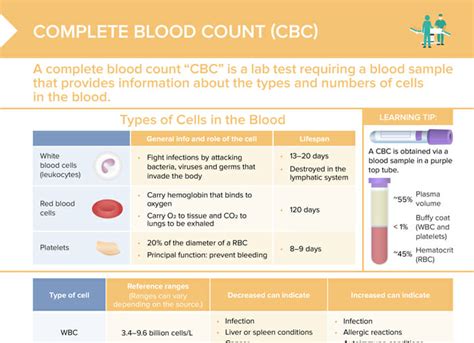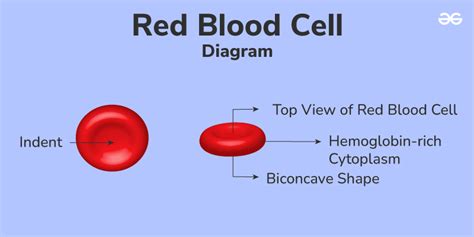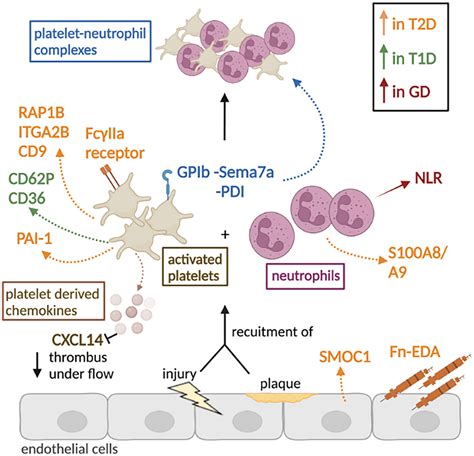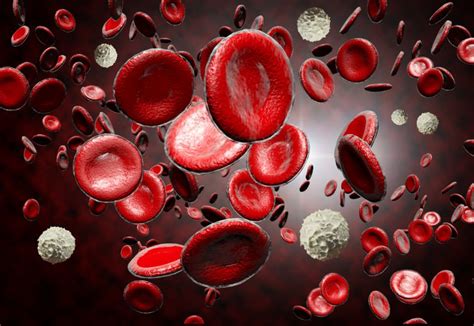Intro
Discover the normal range for a Complete Blood Picture, including hematocrit, hemoglobin, and blood cell counts, to understand healthy blood test results and diagnose conditions like anemia or leukemia, with key CBC parameters and reference values.
The complete blood picture, also known as a complete blood count (CBC), is a comprehensive test that measures various components of the blood to diagnose and monitor a wide range of health conditions. Understanding the normal range of a complete blood picture is essential for healthcare professionals to interpret test results accurately and provide proper treatment. In this article, we will delve into the importance of a complete blood picture, its various components, and their normal ranges.
A complete blood picture is crucial in detecting abnormalities in the blood, which can indicate underlying health issues such as anemia, infection, or blood disorders. The test measures various parameters, including red blood cell count, white blood cell count, platelet count, hemoglobin, hematocrit, and mean corpuscular volume, among others. Each component provides valuable information about the blood's condition, and abnormal results can help healthcare professionals diagnose and manage various health conditions.
The complete blood picture is a vital tool in preventive medicine, allowing healthcare professionals to detect potential health issues before they become severe. By monitoring the various components of the blood, healthcare professionals can identify patterns and trends that may indicate an increased risk of developing certain health conditions. For instance, a low red blood cell count may indicate anemia, while an elevated white blood cell count may suggest an infection or inflammation. Understanding the normal range of a complete blood picture is essential for healthcare professionals to interpret test results accurately and provide proper treatment.
Introduction to Complete Blood Picture

A complete blood picture is a comprehensive test that measures various components of the blood to diagnose and monitor a wide range of health conditions. The test is essential in detecting abnormalities in the blood, which can indicate underlying health issues such as anemia, infection, or blood disorders. The various components of a complete blood picture include red blood cell count, white blood cell count, platelet count, hemoglobin, hematocrit, and mean corpuscular volume, among others.
Components of Complete Blood Picture
The components of a complete blood picture can be broadly categorized into three main groups: red blood cells, white blood cells, and platelets. Each component provides valuable information about the blood's condition, and abnormal results can help healthcare professionals diagnose and manage various health conditions.Red Blood Cell Parameters

Red blood cells are responsible for carrying oxygen from the lungs to the body's tissues and carbon dioxide from the tissues to the lungs. The normal range for red blood cell parameters includes:
- Red blood cell count: 4.32-5.72 million cells per microliter (µL) for males and 3.90-5.30 million cells per µL for females
- Hemoglobin: 13.5-17.5 grams per deciliter (g/dL) for males and 12-16 g/dL for females
- Hematocrit: 40-54% for males and 37-48% for females
- Mean corpuscular volume (MCV): 80-100 femtoliters (fL)
- Mean corpuscular hemoglobin (MCH): 27-31 picograms (pg)
- Mean corpuscular hemoglobin concentration (MCHC): 32-36 g/dL
White Blood Cell Parameters
White blood cells are an essential part of the immune system, helping to fight infections and diseases. The normal range for white blood cell parameters includes: * White blood cell count: 4,500-11,000 cells per µL * Neutrophils: 45-75% * Lymphocytes: 20-40% * Monocytes: 5-10% * Eosinophils: 1-4% * Basophils: 0.5-1%Platelet Parameters

Platelets are small blood cells that play a crucial role in blood clotting. The normal range for platelet parameters includes:
- Platelet count: 150,000-450,000 platelets per µL
- Mean platelet volume (MPV): 7.5-11.5 fL
Interpretation of Complete Blood Picture Results
Interpreting the results of a complete blood picture requires a thorough understanding of the normal ranges for each component. Healthcare professionals must consider the patient's medical history, physical examination, and other diagnostic tests to accurately interpret the results. Abnormal results can indicate a wide range of health conditions, including anemia, infection, blood disorders, and cancer.Abnormal Complete Blood Picture Results

Abnormal complete blood picture results can indicate a wide range of health conditions. For instance:
- Anemia: low red blood cell count, low hemoglobin, or low hematocrit
- Infection: elevated white blood cell count, elevated neutrophils, or elevated monocytes
- Blood disorders: abnormal red blood cell count, abnormal white blood cell count, or abnormal platelet count
- Cancer: abnormal white blood cell count, abnormal platelet count, or abnormal red blood cell count
Limitations of Complete Blood Picture
While a complete blood picture is a valuable diagnostic tool, it has several limitations. The test may not detect certain health conditions, such as early-stage cancer or chronic diseases. Additionally, the test may produce false-positive or false-negative results, which can lead to misdiagnosis or delayed diagnosis.Conclusion and Future Directions

In conclusion, a complete blood picture is a comprehensive test that measures various components of the blood to diagnose and monitor a wide range of health conditions. Understanding the normal range of a complete blood picture is essential for healthcare professionals to interpret test results accurately and provide proper treatment. While the test has several limitations, it remains a valuable diagnostic tool in preventive medicine. Future research should focus on developing more accurate and reliable diagnostic tests to improve patient outcomes.
What is a complete blood picture?
+A complete blood picture, also known as a complete blood count (CBC), is a comprehensive test that measures various components of the blood to diagnose and monitor a wide range of health conditions.
What are the components of a complete blood picture?
+The components of a complete blood picture include red blood cell count, white blood cell count, platelet count, hemoglobin, hematocrit, and mean corpuscular volume, among others.
What is the normal range for red blood cell count?
+The normal range for red blood cell count is 4.32-5.72 million cells per microliter (µL) for males and 3.90-5.30 million cells per µL for females.
What does an abnormal complete blood picture result indicate?
+An abnormal complete blood picture result can indicate a wide range of health conditions, including anemia, infection, blood disorders, and cancer.
What are the limitations of a complete blood picture?
+The limitations of a complete blood picture include the potential for false-positive or false-negative results, which can lead to misdiagnosis or delayed diagnosis.
We hope this article has provided you with a comprehensive understanding of the complete blood picture and its normal range. If you have any questions or comments, please feel free to share them below. Additionally, if you found this article informative, please share it with your friends and family to help spread awareness about the importance of preventive medicine.
